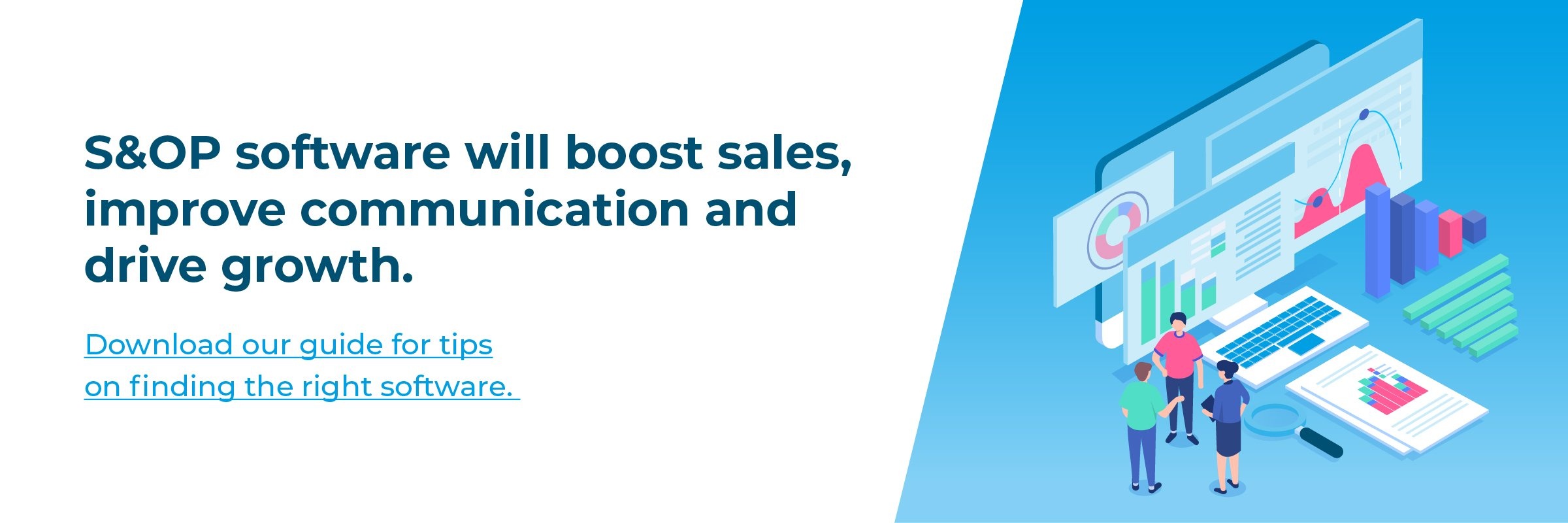What is supply chain management in 2020 going to look like? While the majority of processes have previously relied on human execution, the future of supply chain management is increasingly collaborative with artificial intelligence and automation.
Changes in the workforce, technology and the economy will have a major impact on the way organisations do business, from sourcing products to shifts in employment. To stay relevant and prepared for future changes to the economy as a supply chain leader, you need to keep informed of the projected future changes.
Here are six factors that will affect the future of supply chain management:
- The rise of machine intelligence
- A shrinking workforce and collaborative robots
- The start of a data-driven future
- The flexibility of supply chain management
- Human and machine synergy
- Reality is increasingly virtual
1. The rise of machine intelligence
The full potential of artificial intelligence (AI) has not yet been realised.
This will change rapidly in the next few years, with 50% of large global companies predicted to be using AI, advanced analytics and the Internet of Things (IoT) by 2023. All of these processes are deemed to be transformational for businesses and are of a high benefit.
AI and related functions will have a direct effect on demand planning, order-to-cash processes and can also result in major dynamic shifts to an industry. For a company to remain competitive in the future, adopting these technologies is crucial.
For example, the planning platform Anaplan introduced Optimizer to its software, which is an advanced modelling and problem-solving tool. It uses algorithms and mathematics to determine pathways to ideal outcomes. They also collaborated with Google to build two customer prototypes that used machine learning (ML) to enhance predictive planning methods.
One effect of utilising ML was to identify $2 million of savings for a beverage manufacturer, by better understanding how products are bought and consumed at the local level. They combined historical data about sales, inventory, promotions and external factors such as customer demographics and weather data.
In the future, AI will thrive in supply chain environments because it removes complexity, automates daily decisions, predicts orders and reduces costs. Each function and type of AI is currently at a different stage of maturity and realisation, but each has a high potential impact.
Leaders in supply chain management need to review the upcoming AI offerings for factors such as impact, risk, cost and further cumulative effects of introducing AI strategically into business processes.
2. A shrinking workforce and collaborative robots
The global workforce is shrinking and this will have a massive impact on supply chain management.
In 2012, the world labour supply hit an inflection point. The working-age population became smaller than the non-working-age population, which is a trend that is forecasted to continue.
The future of the supply chain workforce will be one based around digital dexterity. As technology advances at a rapid pace, involved parties should place a focus on attracting talent that is skilled with advanced technology and AI.
Furthermore, over 30% of operational warehouse workers will be supplemented by collaborative robots by 2023. As robotics advances with robots becoming more intelligent and capable of independent thought, the supply chain will see an increase in automation.
This allows workers to focus on more complex tasks such as stock management, workflow changes and intricate and creative manufacturing or design tasks.
3. The start of a data-driven future
We are on the cusp of a data-driven future and what is supply chain management without data?
Through the extended and interconnected use of data, supply chain management is going to become more efficient and even easier to plan for. A wealth of data increases operational transparency universally, allowing for an increase in both speed and convenience.
Joaquín Villalba, Founder and CEO at Nextail said: “Data-driven automation will remove inefficiencies across distribution and delivery. Retailers will be better prepared for situational factors like weather changes or shifts in demand.”
Through this, retailers will be able to move towards an efficient 80:20 model, where 80% of stock decisions are informed fully by data while the other 20% are more speculative.
Data-driven supply chain management will also be able to plan and adapt to an uncertain future, with material scarcity being one risk factor that needs to be prepared for. Employing accurate data can aid the preparation time for any changes to your supply chain and distribution efforts.
4. The Flexibility Of Supply Chain Management
In the future of supply chain management, flexibility is king.
A supply chain must be able to flex and scale as the market and industry changes, as well as other business conditions. It must be ‘anti-brittle' to provide for ongoing success and harness disruptions to spur innovation.
Customer expectations, whether they concern speed, service, selection, availability or price, need to be supported by an efficient supply chain. A supply chain that enables good customer experience and continued growth.
5. human and machine synergy
Cognitive automation and ever-complex and useful algorithmic work will be ever more prevalent within the supply chain.
When raising the bar of productivity, we can employ the speed of machines and the synergy they can provide in the workplace to improve human performance. The decision-making process, when enhanced by AI, will bring unprecedented value and effectiveness to the supply chain process.
This isn’t to say technology will replace humans; rather it will aid in the data collection and interpretation process, with humans being the drivers of the decision-making process. AI allows supply chain planners to create forward-looking, strategic decisions and reduce the time spent on reactive-problem solving. This brings dynamism to your workflow.
In short, machines are fast, but human beings are the innovators that utilise that speed.
6. reality is increasingly virtual
The capabilities of virtual technologies are increasing.
New and emerging software will lead to complex and possibly-saturated markets, with different technologies all vying for market-relevance. It will be good practice for supply chain leaders to keep an eye on this industry for possible game-changing software that will provide your business with an advantage.
To stay on top of all these changes and prepare your business for an interconnected and streamlined future, you need to employ software that will increase the transparency and efficiency of your business. But how do you know which sales and operational planning (S&OP) software to choose?
Discover The perfect S&OP software for your business
Take the confusion out of the search for S&OP software with our useful guide.
It will cover the benefits of an S&OP software, the features to look out for and why it’s critical that your organisation invests in this type of analytics.
Click below to download your free guide.

.jpeg)




